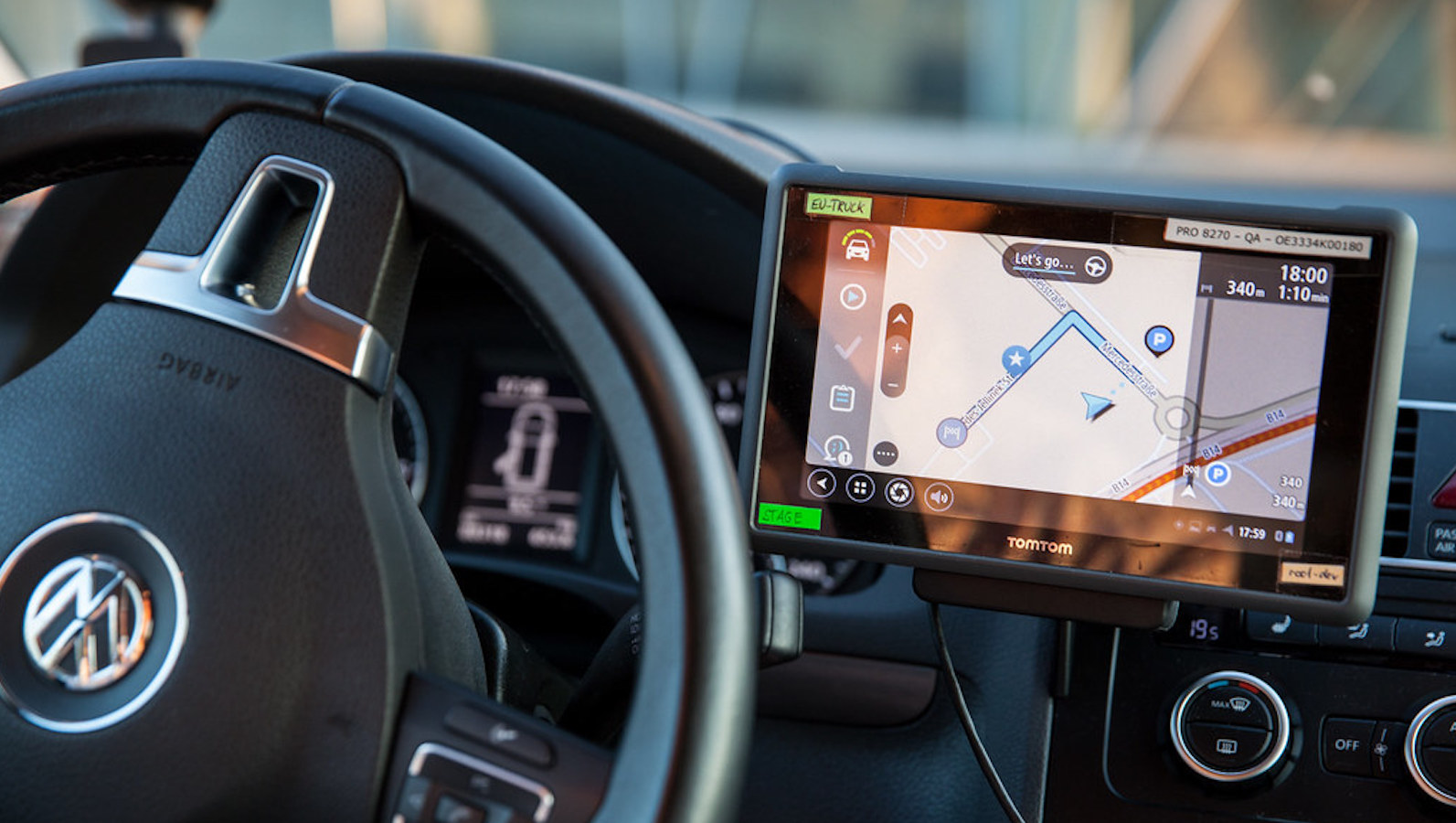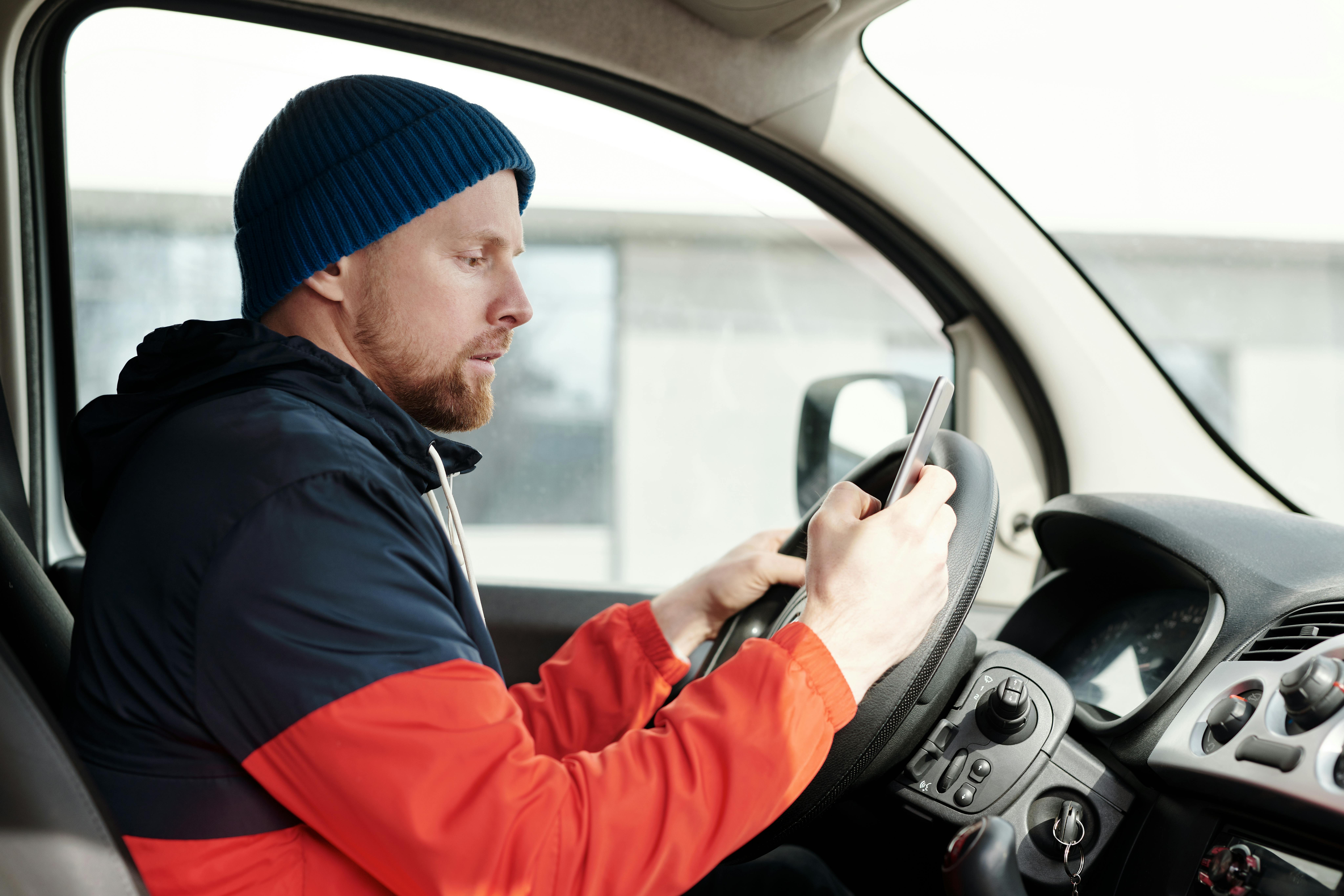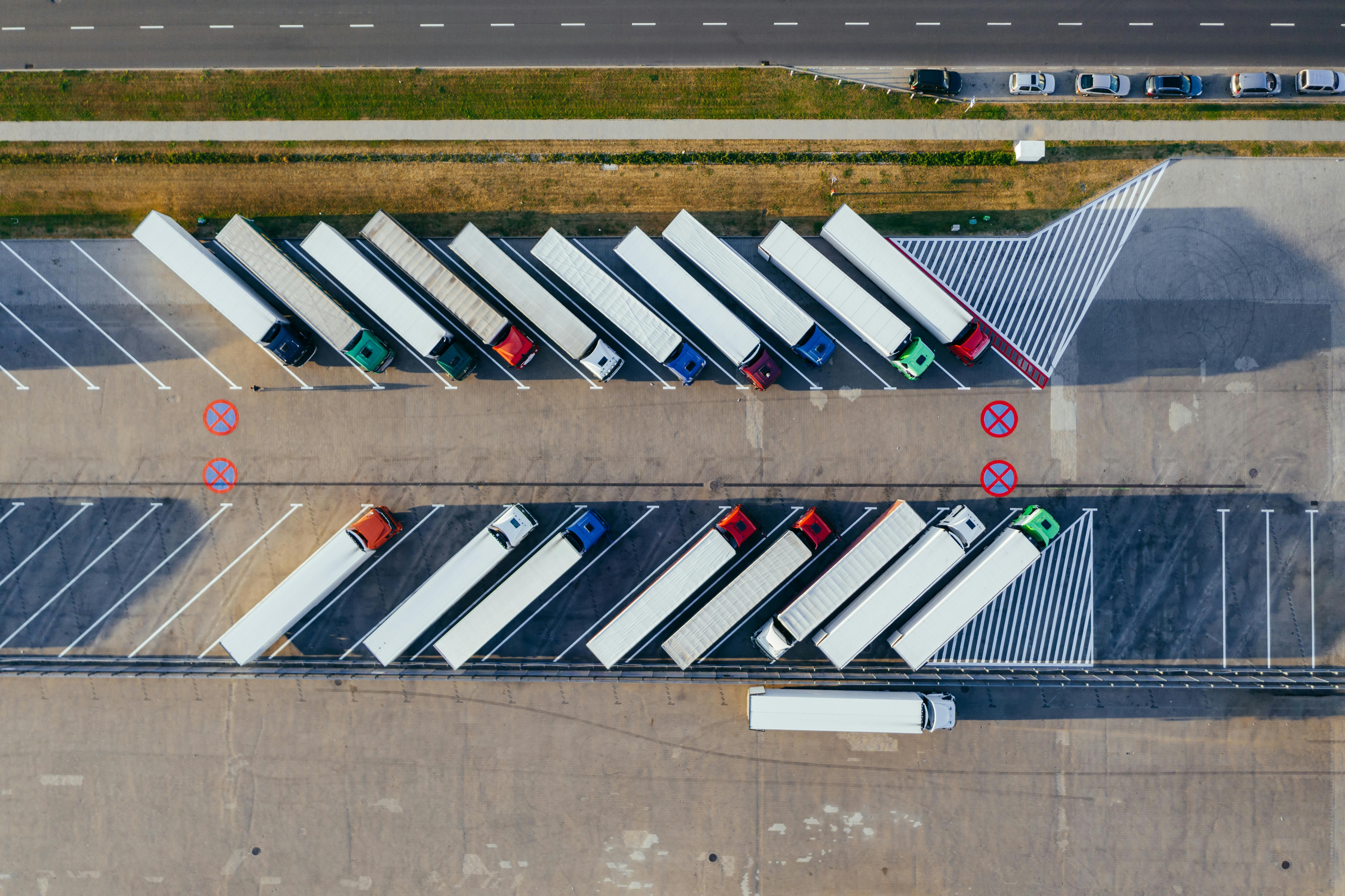The use of telematics to monitor consumer driving behaviors is becoming table stakes in auto insurance, yet the technology also offers strong opportunities for enhancing the policyholder experience. Leading carriers are now evolving their use of telematics to differentiate their usage-based insurance (UBI) products to provide a robust, seamless user interface, streamline claims handling and influence the policy buying experience.
Carriers Exploring New Ways to Aid Policyholders via Telematics
As carriers look for ways to expand the use of telematics in usage-based insurance (UBI) products, one notable area they can add value is emergency assistance. Telematics can provide critical location details in case of a medical emergency, regardless of whether a vehicle accident has occurred. The same information makes it easier for drivers to summon help when they have a flat tire, are locked out of their vehicle or have run out of gas. These capabilities are present in vehicle telematics platforms such as Subaru’s Starlink or Infiniti’s InTouch systems, and carriers such as Nationwide are also now offering sophisticated roadside assistance platforms that enable aid to be summoned and tracked for a variety of needs.
There are also an increasing number of carrier and vehicle telematics integrations. State Farm and Ford have recently teamed up to connect State Farm's Drive Safe & Save program, with specific eligible Ford and Lincoln vehicles to further leverage telematics services. General Motors and OnStar have also partnered with American Family to underwrite insurance policies that use telematics. These integrated systems monitor critical vehicle data and can notify a policyholder when preventative maintenance may be due or recommended. They can also be used to rapidly identify the implications of an accident and any related repair requirements.
In addition to monitoring driver performance, auto carriers can also use telematics data to coach customers on safer driving behaviors and to offer driving safety tips. State Farm, for example, offers its Steer Clear app to drivers under age 25, including educational modules on topics such as using Bluetooth while driving, distracted driving when texting or playing games and handling special driving situations. The app also supports reporting to a driver “mentor,” such as a parent or guardian. These types of instructional capabilities are becoming more sophisticated and personalized, helping carriers strengthen policyholder loyalty.
See also: Telematics Consumers Are Ready to Roll
Collision Detection and Claim Submission - Where the Rubber Meets the Road
Innovation in telematics tools really comes to the rescue when the unthinkable occurs. These robust applications can use data collected from vehicle sensors to analyze the extent of damage to a vehicle and to assess the likelihood of severe injury to passengers after a collision. According to Keynova Group’s Q3 2022 Mobile Insurance Scorecard, within the last two years, several large insurers—including Allstate, Farmers, GEICO and USAA—have introduced telematics solutions encompassing accident detection, roadside assistance and claims filing. Allstate and GEICO further advance policyholder adoption by embedding the accident-sending telematics technology directly into their primary servicing apps, where users have the benefit of finger-tip access to key policy details, information about their driving behaviors, as-needed accident and claims assistance and streamlined claims filing requirements.
To support claim submission after an accident, telematics can reduce the amount of information that a policyholder needs to submit, potentially eliminating the need for an onsite insurance inspection and speeding the claims process. Further integration between carriers’ and vehicles’ telematics systems will reduce accident inspection requirements and help to identify issues that would be difficult to detect visually. In addition to supporting precise location details, capturing the time of day via the telematics solution can be used to indicate whether driver fatigue may have been a factor in an accident, and data indicating safe driving behaviors might suggest a reduced chance that the driver was at fault. Maintenance details could also highlight other possible contributing factors for evaluation.
New Models for Selling and Purchasing Vehicle Insurance
The connection between vehicle telematics systems and insurance also supports embedded insurance sales opportunities. For example, General Motors recently began to roll out an integration of its OnStar telematics and connected-car services with insurance underwritten by American Family. GM also plans future use of an in-vehicle camera that tracks drivers’ eye and head movements to help the company set appropriate rates for each individual driver’s insurance coverage. Tesla also now sells insurance for some of its models in several states, employing a safety score derived through a UBI application built into the vehicle to determine a monthly price for the driver’s insurance. These types of embedded integrations of the vehicle and its driver’s insurance will become an increasingly prevalent aspect of the policy purchasing experience as telematics continues to influence and monitor driving behaviors as well as the vehicle itself.
Use of carrier telematics systems can also be encouraged by offering no-risk trials. At least one major U.S. auto insurance carrier – Progressive – now offers policyholders the option to test-drive its telematics-based driving application. Users simply download the app, register for the Snapshot Road Test and then drive for 30 days. At the conclusion of the road test, users receive a no-obligation, personalized policy quote based on their specific driving behaviors—information that the carrier would otherwise not have access to. Expect to see more carriers offering options like this as they see value in detailed advance knowledge of their potential policyholders driving behaviors and, in turn, as consumers recognize the multiple benefits they can leverage by using telematics technology.
Auto policies backed by telematics are expected to continue to expand their variety of capabilities. As these telematics applications continue to be updated, more consumers will embrace the technology to save money, and insurers will become more adept at using telematics to differentiate their products, reduce risks and expenses and continue improving the policyholder experience.







